‘Who is being represented on the covers of the books I publish? Who are the characters within the works? Is it holding up a mirror? Is it reflecting more of our society? If I was 14 reading this book, would I relate to anyone in it?’
Sha Nazir is the publisher at BHP Comics, and one of Scotland’s rising stars in the publishing industry. Here, he writes of his journey to establishing BHP as a key player in the comics scene and his plans for the future.
The comics ecosystem is as fragile and vulnerable as a baby. That might seem a little drastic but it’s pretty accurate. To fully understand the ‘comics industry’ in Scotland we really need a little bit of a history lesson. Much like evolution, there has to be a big bang. The comics big bang in Scotland happened back in the early ’90s. The formation of homegrown comic writers and artists making their work formed in a few places, notably Metaphrogs self-published surreal tale Strange Weather Lately and the Glasgow underground magazine comic Electric Soup. Both had Scottish voices told by Scottish creatives. Both were made in Scotland and, with cult success, both were distributed beyond the border.
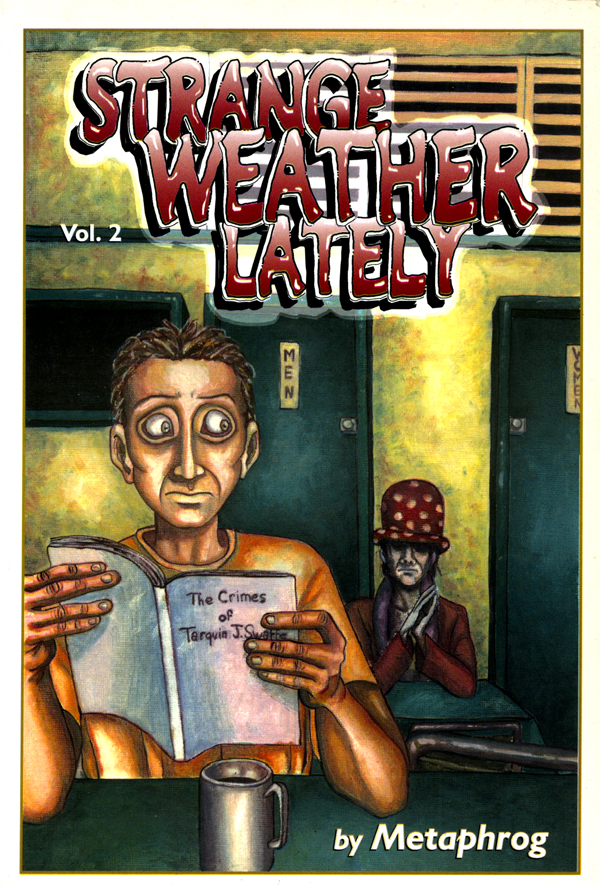
The British Invasion
In parallel, something else was happening. The ‘British Invasion’ of writers and artists into mainstream Marvel and DC comics was prolific in this period. Following the footsteps of Alan Grant, more Brits took their talents across the pond to great international success, including Grant Morrison, Mark Millar, Robbie Morrison, Gary Erskine, Rob McCallum, Jock and Frank Quitley (who was spawned from the pages of Electric Soup). The big bang happened but after that the talent left. It created a stagnant creative void, where few voices were being heard or emerging.
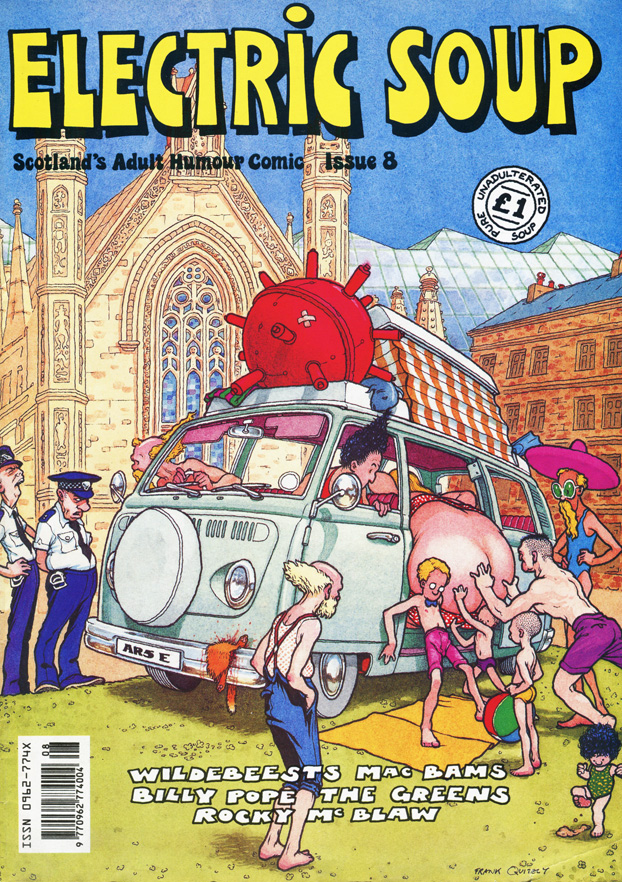
Birth of the self publisher
The next catalyst in comics evolution came in the late ’00s. Digital printing had changed, it had become much cheaper and more accessible to print a 24-page staple-bound black and white comic. Between 2008 and 2011, there was a small growth of self-publishers. This was given a boost in 2011 when the first Glasgow Comic Con took place, it was the first ever BHP produced event and promoted indie self-publishers and comics in general. Not that we knew at the time, it would be a critical turning point.
A direct-distribution link to hungry readers now existed. This further escalated over the next 4-5 years, with an explosion of Comic Cons and a surge in new creators emerging to present their self-published works. By 2015, colour printing was also much cheaper and digital graphic tablet pens were much more affordable. All of a sudden there was a huge leap in the quality of work being made, and the ambition of a nation of makers began to flourish. Money is part of the problem for access to this creative industry. You have to love and have full passion for what you do because the economy of comics is not robust. There aren’t enough people buying enough books to grow the industry sufficiently,which means fewer opportunities and more mainstream publishers taking fewer risks.
Why am I telling you this?
I was asked to write about BAME comic creators in Scotland and, at this stage, the field is pretty thin. We are here, we have voices but the comics industry in Scotland (and the UK) is still very, very young. It’s not an excuse. It’s good to understand that comics are budding and that has affected the kinds of people who have been making them. For a long time, I was one of only two people who weren’t white making comics, the other being Padam Singh of Electric Soup fame.
BHP finds its voice
Around 2016, I shifted BHP from being a self-publisher of comics to find a space in the book publishing world as a comics graphic novel publisher. That opened a lot of doors for me. Once I arrived on the other side, I realised how very white that world was too. Standing at a publishing event in Edinburgh with 300 people, I looked around at the sea of smiling faces and only spotted a handful who weren’t white. So I embarked on making small actions. Small decisions. Basing some of the choices on works I published, not just the story content or saleability, but its ethical and social value. Who is being represented on the covers of the books I publish? Who are the characters within the works? Is it holding up a mirror? Is it reflecting more of our society? If I was 14 reading this book, would I relate to anyone in it?

The Full Colour project
I was fortunate enough to manifest my ideas into a mentoring project, the ‘Full Colour project’ (2018), funded by Creative Scotland and co-led by Nyla Ahmad. The project allowed us to work with young people aged 14 – 26 from a diverse range of backgrounds. It gave a real insight into the lack of confidence and opportunity for BAME people, but helped me to realise that all change has to start small. Notable contributing alumni included; Ny Ali, well known amongst the Scottish crowd for her mini-comics and illustrations; Olivia Hicks, co-creator of the queer romance Grand Slam Romance for Good Comics, and also assistant editor at Rebellion; Natasha Natarajan’s slice of life book FML comics, published by Good Comics.
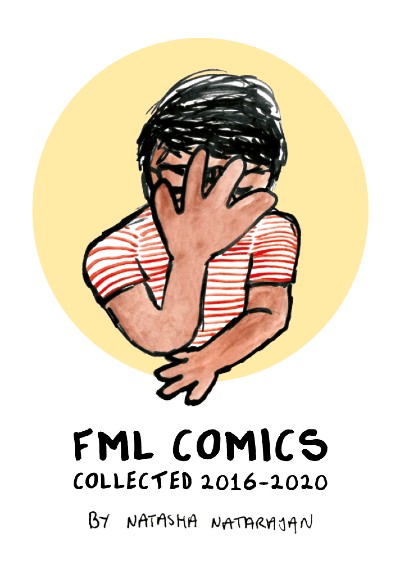
More creators to check out include Chris Manson, illustrator and comics maker based in Glasgow, with his brilliant fantasy comics and webcomic Elf Blood. And Etienne Kubwabo, who created Beats of War, a filmmaker and DJ based in Glasgow, with fantastic drive and ambition you can get behind.
New voices
We need new BAME creators in Scotland. We need new voices, new writers, new artists, new colourists, new letterers. If that’s you and you’re thinking it’s maybe not for you or you’re not good enough: you are, you can be. Drop me a line, I’d be happy to answer questions over a phone call or tweet, my door is always open. The scene is still small, I can’t yet count on two hands the number of BAME creators I know in Scotland, but that will change.
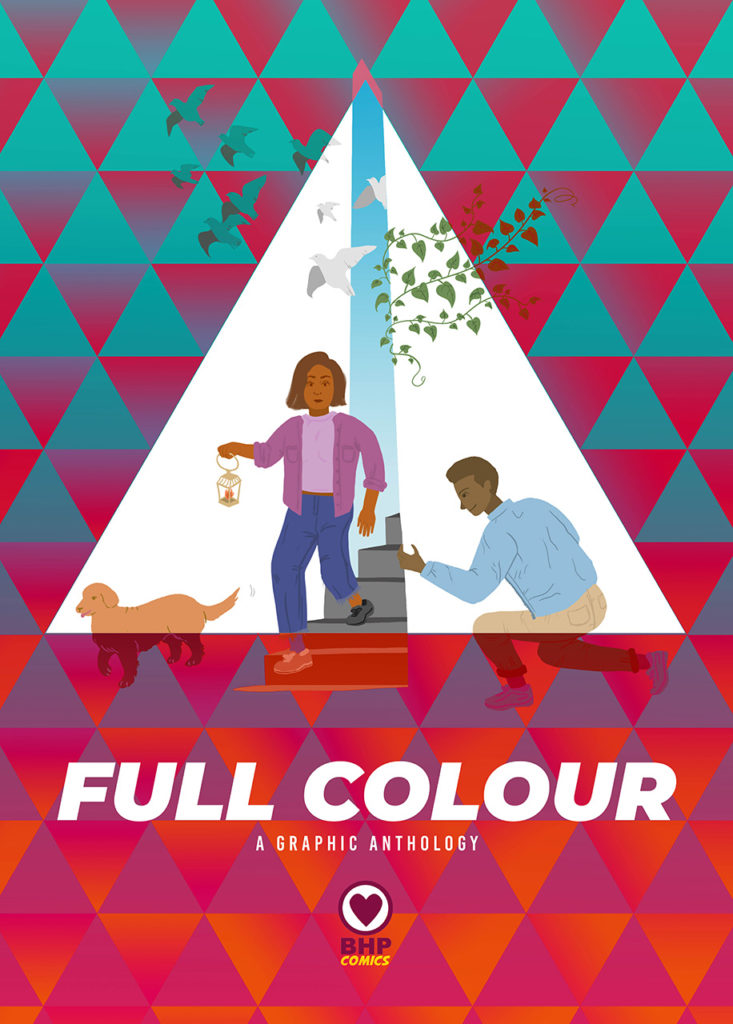
Planting seeds
As comics grow as a form of entertainment and escapism, the economy surrounding it will grow. In turn, I hope more comics publishers appear in Scotland allowing more opportunity for the vast array of talent at hand. In the meantime, I’ll keep planting seeds. I’m planning a new mentoring programme for original one-shot comics working with BAME creators. I’ll hopefully be able to talk more about that in late 2021. It’s hard to find your voice in a place struggling to find its own space in a sea of books, but comics will endure.
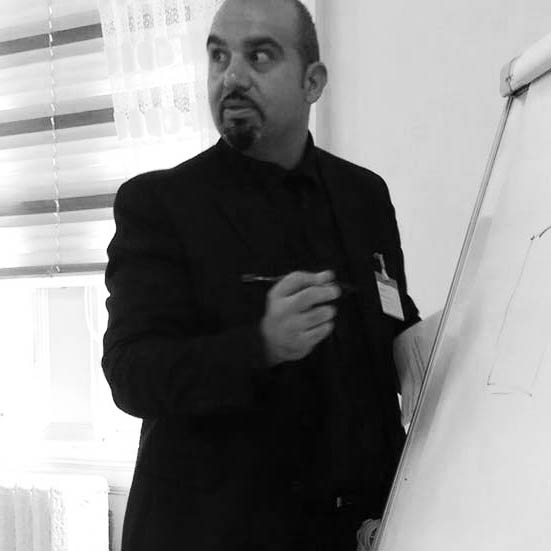
Photo credit @WeeRedWriter Julie Farrell
Sha Nazir is the publisher at BHP Comics and rights agent for 9 Panels Agency. He produces Glasgow Comic Con, Edinburgh Comic Art Festival and is the founding chair of the Scottish Independent Comic Book Alliance (SICBA) the UK’s longest running comic book awards. Working in partnership with the University of Glasgow he volunteers as co-Director of the National Comic Centre, a digital space advocating for comic engagement. He occasionally writes and draws comics. Twitter: @Sha_nazir @BHP_comics @9panelsagency @NCCentre
The Scottish BAME Writers Network (SBWN) provides advocacy, literary events and professional development opportunities for BAME writers based in or from Scotland. SBWN aims to connect Scottish BAME writers with the wider literary sector in Scotland. The network seeks to partner with literary organisations to facilitate necessary conversations around inclusive programming in an effort to address and overcome systemic barriers. SBWN prioritises BAME-led opportunities and is keen to bring focus to diverse literary voices while remaining as accessible as possible to marginalised groups.
Web links: Website | Instagram | Facebook | Twitter | Newsletter
ALSO IN THIS ISSUE
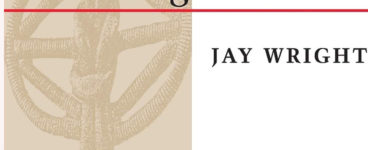
 Migrancies: Jay Wright in 70s Dundee
Migrancies: Jay Wright in 70s Dundee
‘Jay Wright is a poet in habitual movement from one place of residence to another.’
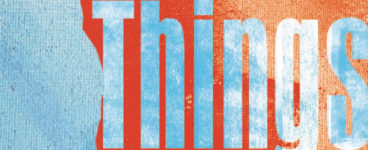
 Things I Have Witheld
Things I Have Witheld
‘It is always the body that I return to – our bodies and their various meanings.’












